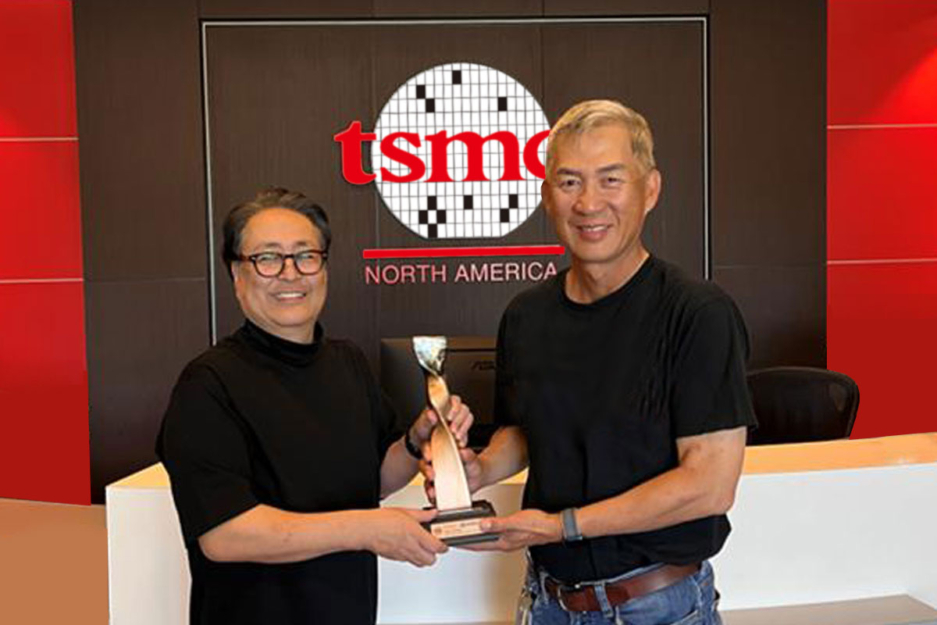
Ken Mattingly was moved from your aid crew into parallel training with Anders as backup CMP just in case Apollo eleven was delayed previous its intended July launch date, at which point Anders could well be unavailable.[59]
1 for connectivity, turboSPOT® for accelerated computing up to 96 MHz, and secureSPOT® For added safety. The Apollo3 Blue Plus has enabled numerous IoT endpoint items for Remarkable user working experience.
The Apollo4 Blue SoC is really an extremely-reduced electrical power, remarkably integrated blended-sign SoC created for battery-powered devices. The SoC gives a significant enhancement in processing functionality and hugely integrated electricity administration and audio capabilities to your Apollo SoC products household.
“As the industry is shifting in the direction of incorporating billions of good devices* at endpoints in the coming yrs, the necessity for Vitality effectiveness is further than crucial to sustaining the realization of an IoT entire world where by every little thing stays linked 24/seven,” reported Dan Cermak, VP of Architecture and Item Scheduling at Ambiq.
This parking orbit was quite lower by Earth orbit standards, and it might have been small-lived as a result of aerodynamic drag. For standpoint, The present ISS orbits at an altitude of roughly 250 miles (400 km), and requires a reboost approximately the moment per month. This was not an issue over a lunar mission due to the brief remain in the parking orbit.
In the meantime, on May 24, engineers in the North American plant observed hairline cracks in propellant tank welds of A further S-II phase. The following day, staff while in the VAB commenced the second destack in the rocket, eliminating the S-II stage on June three for detailed inspections. Extensive X-ray and dye penetrant assessments disclosed no cracks, and employees began re-assembling the rocket on June 18. Engineers inside the MSOB completed the wiring work in CM-017, reassembled it with its other parts, and returned it to the VAB in which ground crews stacked the spacecraft for the final time on June 20. The stacking, unstacking, and restacking approach had taken eight months.
Ambiq’s Apollo SoC loved ones is broadly recognized as a pacesetter in creating trusted and ultra-low-power semiconductors for smart IoT apps. These semiconductors enable wearables and endpoint devices to very last for weeks or simply months on only one cost. Notably, Ambiq collaborated Using the Singapore govt, Excelpoint, and iWOW in 2019 to build TraceTogether devices for contact tracing in the course of the COVID-19 pandemic.
“TSMC is delighted to possess An additional successful collaboration with Ambiq setting up on what we realized together ranging from the 40nm era for making sensible IoT devices even smarter with prolonged battery daily life,” mentioned Simon Wang, Senior Director of IoT Organization Enhancement at TSMC. “Our 22ULL technology complements Ambiq’s layout experience with probably the most competitive extremely-low ability planar technological innovation to permit lower leakage with enhanced computing electric power to assist benefit-included IoT options.
Provided Ambiq's slicing-edge technologies, we see a lot of prospects in advance. We're energized to further fortify our romantic relationship with Ambiq being an ecosystem lover within our PlanetSpark Innovation Centre1. This kind of collaborations will likely be crucial amidst this era for us to deepen our achieve into different markets."
Since the chance to integrate wi-fi conversation with far more sensors and computing electric power on to just one very small chip proceeds to increase in wearable devices, Ambiq has and may continue on to take a look at new means to realize the final word intention of the clever, related earth.
Engineers accomplished a series of built-in assessments to organize the motor vehicle for its rollout to your start pad. Meanwhile, during the VAB’s High Bay 3, on March 29, workers stacked the S-IC initial stage from the SA-502 car on ML-2 for your Ai edge computing Apollo 6 mission, An additional uncrewed check from the Saturn V rocket and Apollo spacecraft planned for early 1968. Following a stack-destack-restack spherical in the beginning utilizing the Ambiq apollo 3 S-II spacer because of the late arrival of this S-II phase, employees finished assembling the three-stage rocket for Apollo six on July fourteen, marking The very first time that two Saturn V rockets stood aspect by side in the VAB.
The very first a few flights carrying Apollo gear ended up launched making use of Saturn IBs. This smaller launch motor vehicle did not use the amenities at KSC, but problems solved by Saturn IB flights could be legitimate for people to become introduced via the Saturn V. The two the Saturn IB plus the Saturn V would use a S-IVB, even though the IB would utilize it as its next, final stage, in lieu of the 3rd stage as within the Saturn V.
Proprietary audio interfaces and extremely-small electric power analog microphone for actually often-on voice processing
Armstrong will later on validate that landing was his greatest concern, indicating “the unknowns were being rampant,” and “there were simply a thousand matters to worry about.”

Get Smart. Use Less Energy.
Ultra-low power SoCs for IoT endpoint devices
that demand complex operations
and longer battery life.
✍ Ambiq® is committed to further improve the quality of life by enabling the intelligence of endpoints while further reducing carbon footprints. Ambiq – your partner in endpoint intelligence.
✯✯✯Based in Austin, San Jose, Hsinchu, Shenzhen, and Shanghai, our leadership and management teams consist of advocates, builders, enthusiasts, entrepreneurs, explorers, incubators, inventors, pioneers, protectors, thinkers, and visionaries. With a diverse spectrum of experiences and skillset, we came together and united with one goal to enable the true Internet of Things where the battery-powered endpoint devices can truly be connected intuitively and intelligently 24/7.
Ambiq Wins the Demo of the Year Award at 2023 TSMC Technology Symposium
September 7, 2023, Austin, TX – Ambiq®, a leading developer of ultra-low-power semiconductor solutions that deliver a multifold increase in energy efficiency, was awarded the Demo of the Year Award by TSMC as a participant of the Innovation Zone at the 2023 TSMC North America Technology Symposium.
Ambiq Wins the Demo of the Year Award at 2023 TSMC Technology Symposium
During the April event, Ambiq showcased various product design wins using TSMC’s 22nm technology in wearables, digital health, smart home, Industrial IoT, pet trackers, and retail segments, with industry-leading energy efficiency. Ambiq also featured two live demos emphasizing its leadership in enabling endpoint AI with its HeartKit™ for remote patient monitoring and its graphics display capabilities for a vivid user interface.

TSMC pioneered the pure-play semiconductor foundry business model when it was founded in 1987, helping startup companies accelerate their innovations by providing access to the industry’s leading process technologies and manufacturing capacity. Since 2021, TSMC has expanded that mission with an Innovation Zone at its worldwide Technology Symposiums, highlighting how TSMC partners with startup companies to enable cutting-edge products from various applications, including high-performance computing, communication, automotive, IoT, and consumer segments.
“We’re grateful to TSMC and our booth visitors for allowing us to share our energy-efficient technology and processor solutions with them,” said Ambiq’s CEO, Fumihide Esaka. “We’re moving towards an exciting frontier of AI becoming more engrained with our daily lives. With that vision on the horizon, we will continue to develop innovative and first-of-its-kind ultra-low-powered solutions that keep innovation and sustainability in mind.

Ambiq’s mission is to develop the lowest-power semiconductor solutions to enable intelligent devices everywhere by developing the lowest-power semiconductor solutions to drive a more energy-efficient, sustainable, and data-driven world. Ambiq has helped leading manufacturers worldwide develop products that last weeks on a single charge (rather than days), while delivering a maximum feature set in compact industrial designs. Ambiq’s goal is to take Artificial Intelligence (AI) where it has never gone before in mobile and portable devices, using Ambiq’s advanced ultra-low power system on chip (SoC) solutions. Ambiq has shipped more than 200 million units as of March 2023.
Ambiq Designs Low-Power for Next Gen Endpoint Devices
Ambiq’s VP of Architecture and Product Planning, Dan Cermak, joins the ipXchange team at CES to discuss how manufacturers can improve their products with ultra-low power. As technology becomes more sophisticated, energy consumption continues to grow. Here Dan outlines how Ambiq stays ahead of the curve by planning for energy requirements 5 years in advance.
Ambiq Highlights From Embedded World 2024
Facebook | Linkedin | Twitter | YouTube